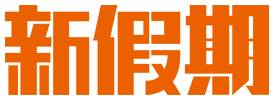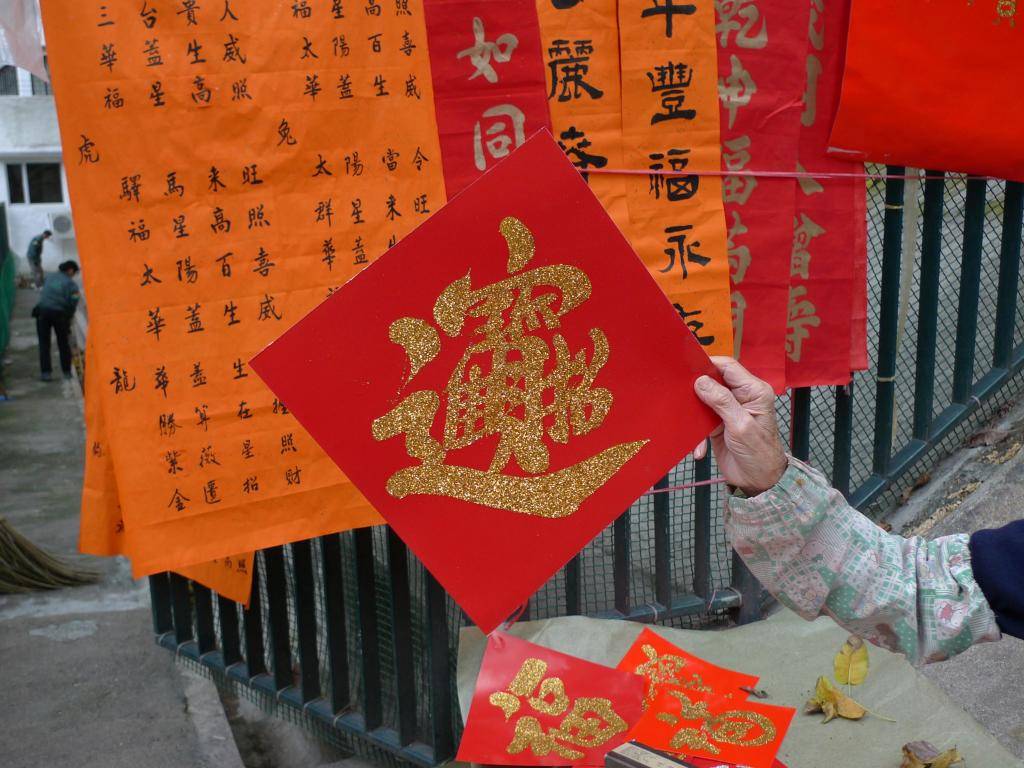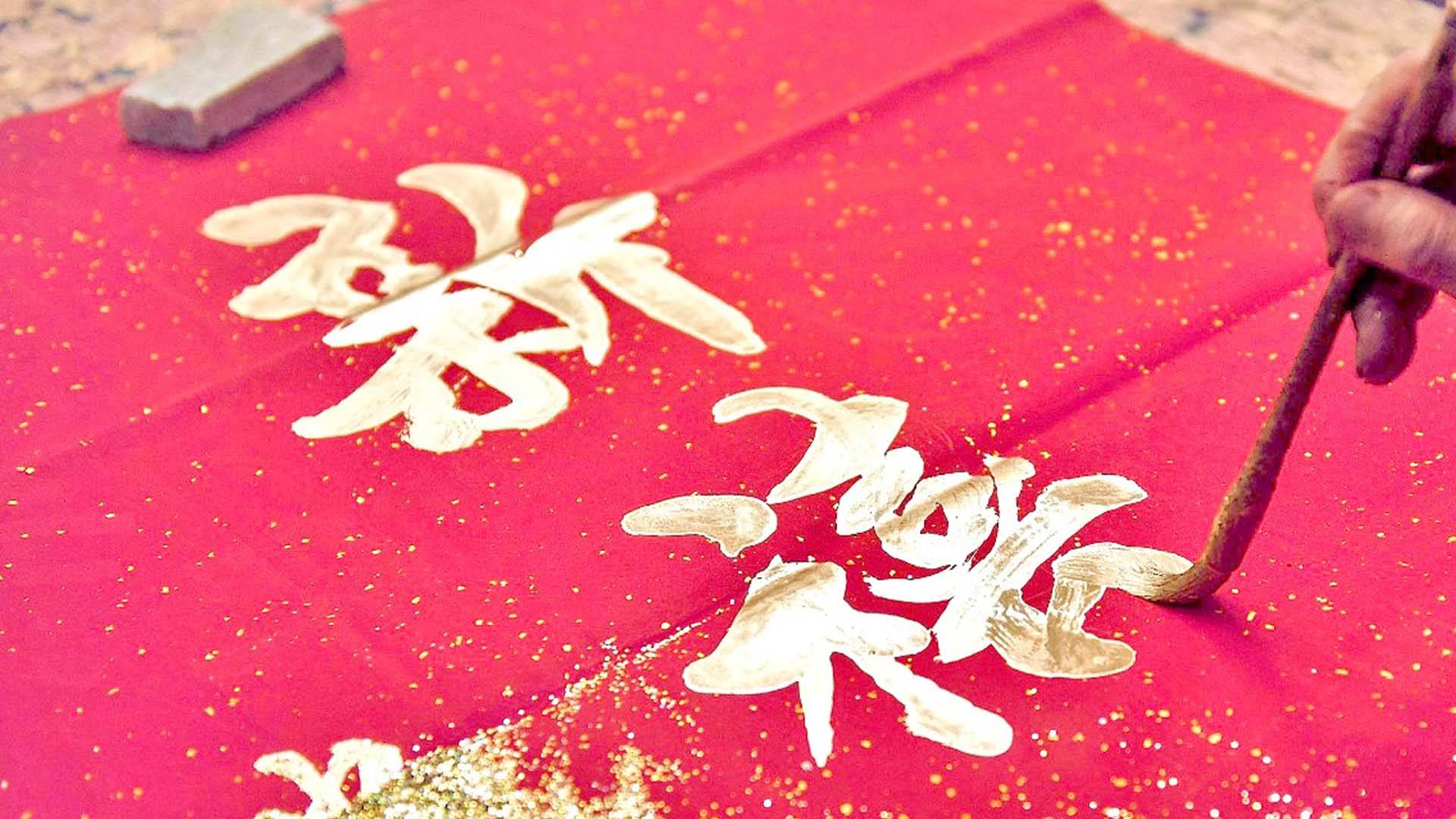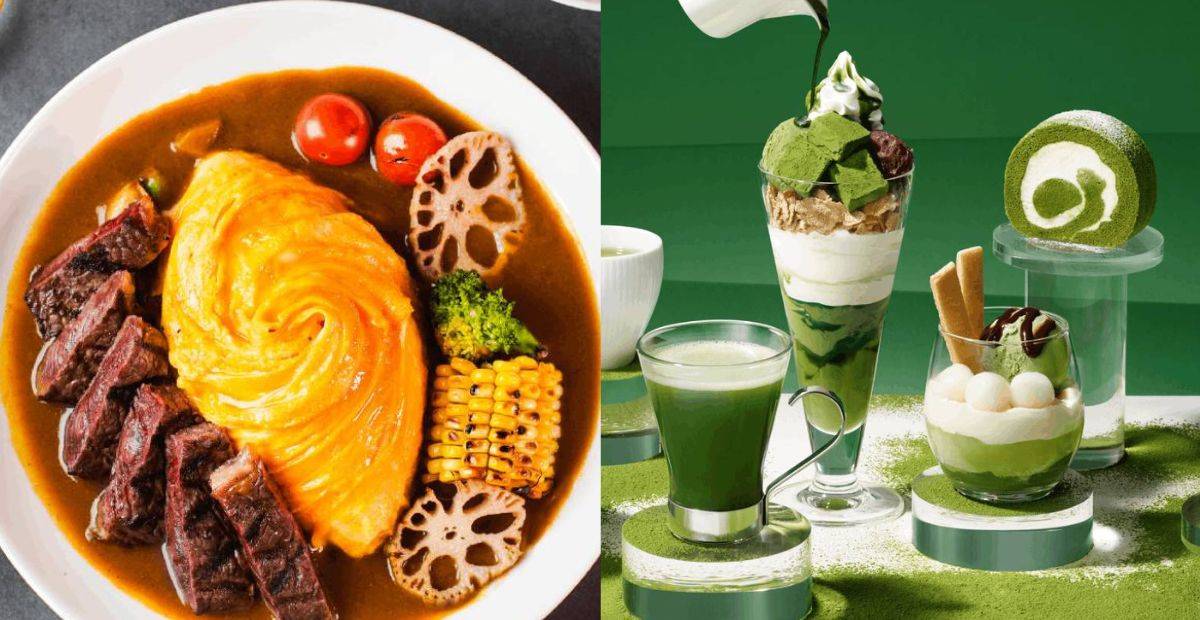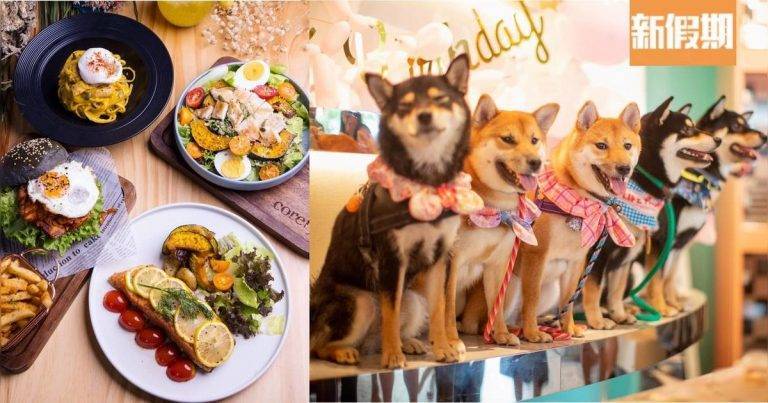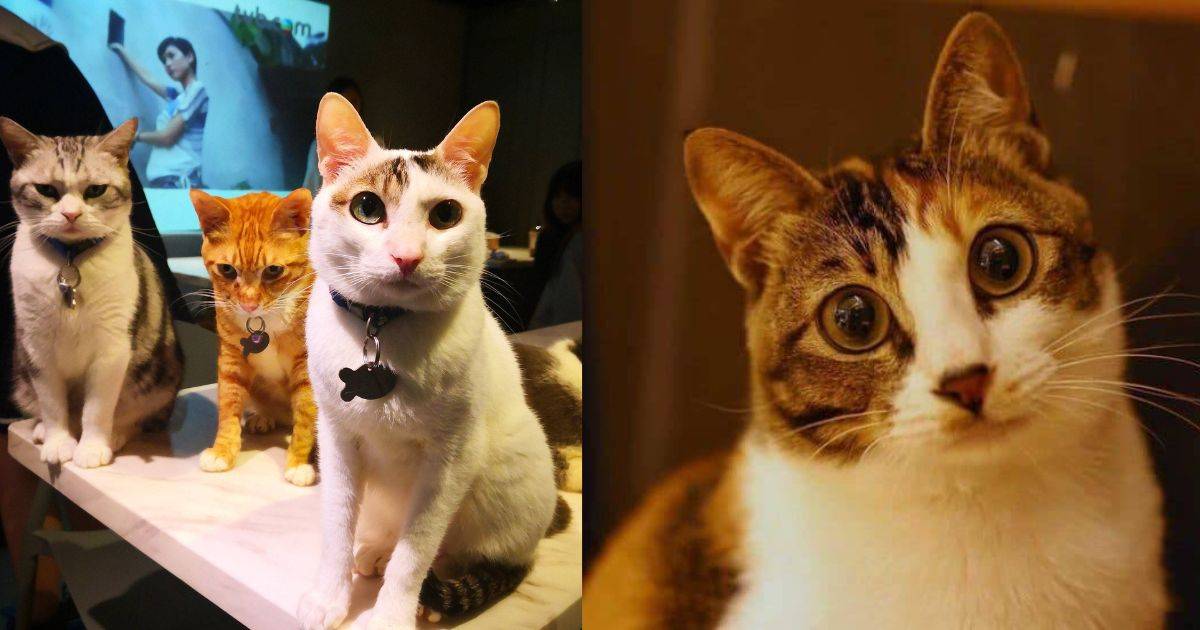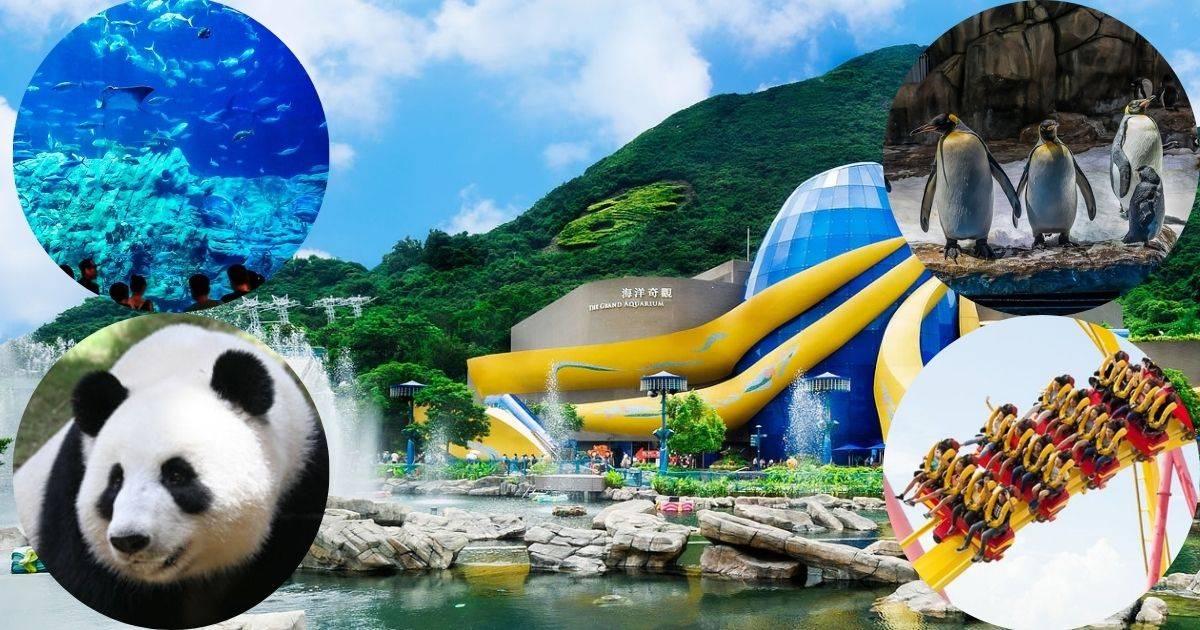Sticking Huichun: Tradition and Art of Spring Scrolls
Sticking huichun(spring scrolls)- 貼揮春
Sticking huichun|Introduction
Sticking huichun|Date
Sticking huichun|Historical evolution
Sticking huichun| Introduction
As the Chinese New Year draws near, street stalls in Hong Kong are being set up for the purpose of writing huichun (spring scrolls) on the spot. It is a common practice for every household to display new huichun as a way of expressing their blessings and wishes for the upcoming year. Additionally, many shops have adopted the tradition of presenting huichun to their customers.
While most huichun consist of four Chinese characters, they can also be composed of just one or two characters. According to traditional customs, these spring scrolls are put up before Chinese New Year as a symbolic gesture of discarding the old and embracing the new. A well-crafted huichun should possess auspicious meanings, be written with skillful penmanship, and be carefully arranged in order to create an eye-catching and visually appealing layout.
Sticking huichun|Historical evolution
There are multiple explanations for the origin of “huichun,” including “taofu” and “yichuntie.”
Ancient people believed that peach wood could ward off evil. As early as the Spring and Autumn Period, they would make peach boards and peach stems to stand at their doorsteps to drive away misfortune. Later on, during the Spring Festival, they started painting Shen Tu and Yu Lei, two gods, on peach wood boards or writing their names on them. This was called “taofu,” which had a similar function as today’s door gods. People gradually began writing auspicious phrases on taofu, which eventually evolved into today’s huichun. In ancient times, people also used the term “taofu” to refer to huichun. Wang Anshi from the Song Dynasty wrote in a poem: “Amidst the sound of firecrackers marking another year gone by, spring breeze brings warmth into every household; Thousands of doors shine brightly under the sun; Let’s replace old charms with new peaches.”
The earliest record of “yichuntie” can be traced back to the Northern and Southern Dynasties period. Ancient people would write down the words “yichun” or other auspicious phrases on colored paper during Lichun (the beginning of spring) and stick them onto their doors in order to invite good luck and blessings. Later on, this practice evolved into writing poems and sentences about yichun
Why do people in Hong Kong stick huichun before Chinese New Year?
People in Hong Kong stick huichun before Chinese New Year as a way to welcome the arrival of the new year and to express their blessings and wishes for a prosperous and auspicious year ahead. It is believed that by displaying huichun, they can bring good luck and fortune…More Details
What is the history behind the tradition of sticking huichun during Chinese New Year?
The tradition of sticking huichun during Chinese New Year has a long history rooted in ancient customs. It is believed to have originated from practices during the Spring and Autumn Period, where peach wood boards were used to ward off evil spirits. Over time, people started painting the names of gods or auspicious phrases on these boards, which eventually evolved…More Details

